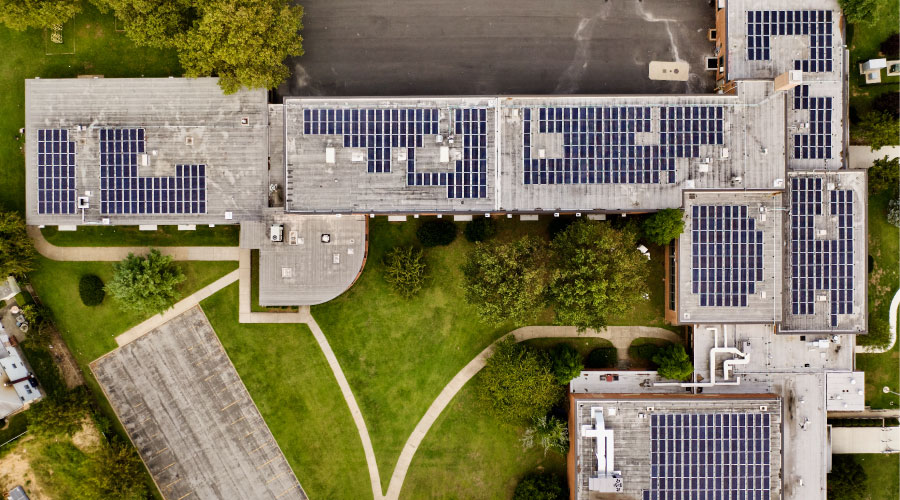More Misconceptions about Roofing Repairs, Inspections, Warranties
Part 2 of a 3-part quiz that tests your knowledge of roofing issues
The many questions facility managers ask about roofing systems can also relate to such issues as roofing repairs, roof inspections, warranty compliance, and the effectiveness of roofing cement. Sometimes they reflect common misconceptions. The following are all actual statements from facility managers. Want to test your roofing knowledge? Answer true or false.
6. A piece of metal coping was damaged last year in a hail storm. The contractor proposed this repair: Fabricate a new piece whose profile and metal match the adjacent pieces, fasten it using the same method and spacing as the adjacent pieces, lap the seams, and apply roofing cement under the lap to seal the seams. He said this is the best way to install a coping.
False. The answer is true until it comes to the seams. Lapped seams rarely stay watertight no matter what they’re sealed with, and roofing cement is about the worst choice possible for sealing metal. Roofing cement lacks the elastic capability to stretch and relax with the thermal movement of the metal substrate and consequently it cracks. Both laps and cover plates are not recommended by the Sheet Metal and Air Conditioning Contractors National Association (SMACNA). Both rely on sealant to remain watertight and the sealant often fails prematurely. You should require a watertight standing seam or drive cleat because these do not rely on a sealant to keep the parapet dry. How these seams are formed can be found in the SMACNA Architectural Sheet Metal Manual Table 3-1 Coping Design.
7. If I can’t get up on my new roof to inspect it twice a year like I should, once a year is better than nothing.
True, but…. If it is a new roof, by not inspecting it twice a year you may be voiding your warranty. Most warranties require that the owner maintain the roof on a regular basis. If you tunnel down into the maintenance requirements, you generally find that it means checking the roof twice a year, optimally spring and fall. In spring, find and repair damage that may have occurred during the winter and get the roof ready for heat and sudden rain. In the fall, look for damage done during the hot summer days and prepare for cold, wind, ice, and hail. If you don’t have a warranty, yes, once is better than nothing, but the better you maintain your roof, the longer it lasts.
8. The roofer who installed my roof five years ago told me he is the only one allowed to do repairs or my warranty will be voided. Is this true?
This is a trick question; the answer is "maybe." Generally, the answer is "false." If there is a manufacturer’s warranty in place, after any initial contractor warranty is over, any roofing contractor who is an approved applicator of the manufacturer’s system can repair the roof without voiding the warranty. But there are times when this won’t apply. If there is no manufacturer’s warranty and only the contractor is warranting the roof, only that contractor can make repairs until its warranty expires. The other exception is that if there are no other contractors in the vicinity who are approved applicators of the product, then the only contractor who can make the repairs is the one who installed the roof. That’s one reason the availability of qualified contractors should be taken into account when specifying a roof system.
9. My contractor used roofing cement to repair some punctures in my EPDM roof. He told me it would hold me awhile, but he’s not been back. He says the roofing cement is fine. Is this true?
Totally false. Roofing cement is chemically incompatible with almost all single-ply membranes and, in fact, will cause the membrane to break down over time. It is useless on metal roofs. Roofing cement should only be used temporarily in asphalt-based systems, and then for no longer than six months. A permanent patch using the same material as the rest of the roof membrane should be installed long before the six months is up. Repairs done with roofing cement on a single-ply membrane should be cut out completely, going out from the "repaired" area slightly, and patched with the correct membrane. This way, any membrane contaminated by roofing cement will be removed with the cement itself.
Related Topics:














